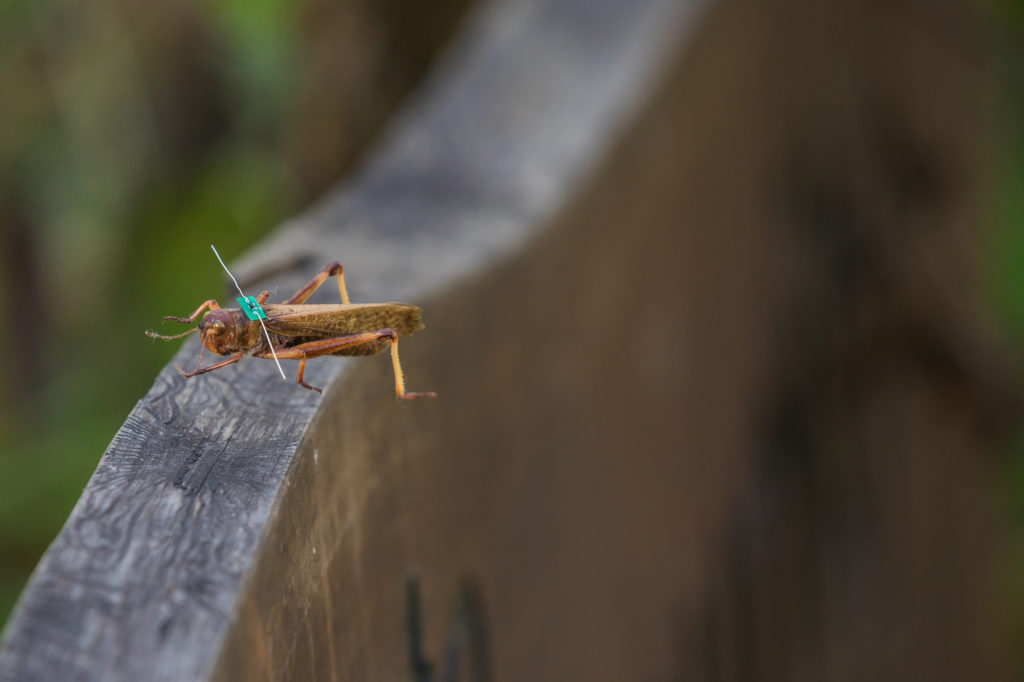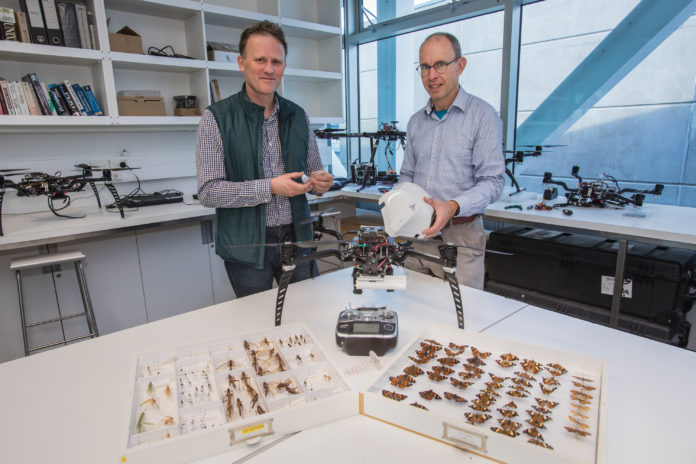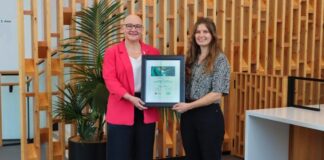New technology being developed by a research team at the University of Canterbury (UC) could lead to deeper understanding of New Zealand’s threatened and endangered insects, paving the way to more effective conservation management.
A UC research team is pooling its expertise across the College of Engineering to hone new tag-and-track technology that could transform our understanding of the insect world.
Co-leading the project are School of Forestry senior lecturer and forest entomologist, Dr Steve Pawson and signal processing expert, Dr Graeme Woodward of the Wireless Research Centre.
“We have fabricated about 20 test harmonic radar tags to date, allowing us to experiment with various parameters and build an understanding of tag design,” says Dr Woodward, adding that these tiny tags can be as small as two or three millimetres wide.

Being developed alongside these tags is associated ‘unmanned aerial vehicle’ (UAV) or drone technology.
“The idea is that we could activate a swarm of UAVs that would be able to track and follow the insect in real time,” explains Dr Pawson.
Unlike previous harmonic radar tracking facilities, the transmitters being fine-tuned for this project are designed with mobility in mind and to operate with a much lower power requirement.
This allows information to be gathered in complex landscapes and at greater distances at a much lower cost.
Researchers hope to commence field testing in 2023, starting with ground-based insects before tackling the complexities of tracking insects in flight.
They say the research has potential applications in other fields too, from biosecurity to medical imaging.



